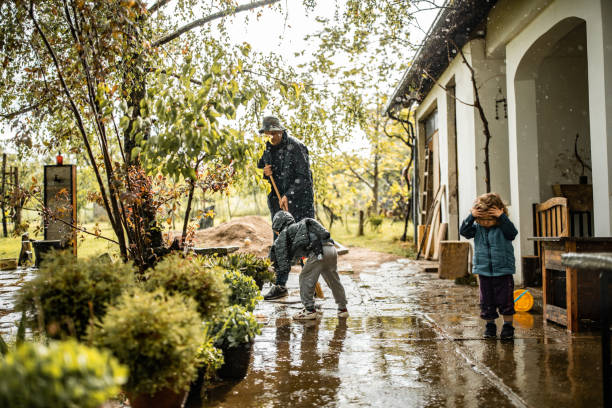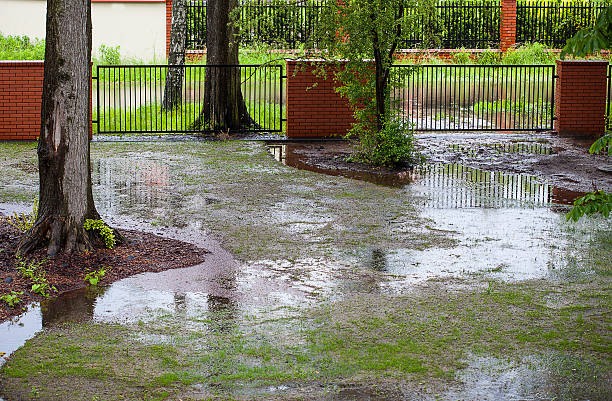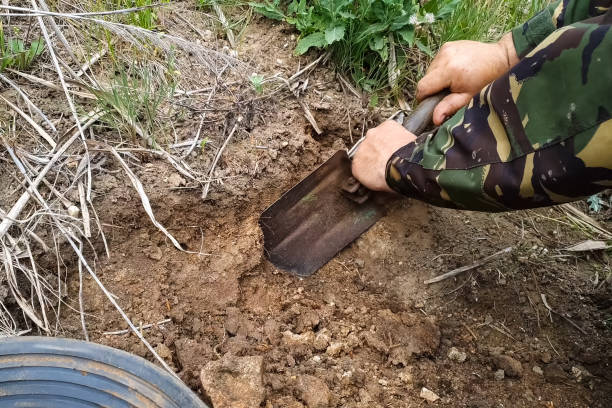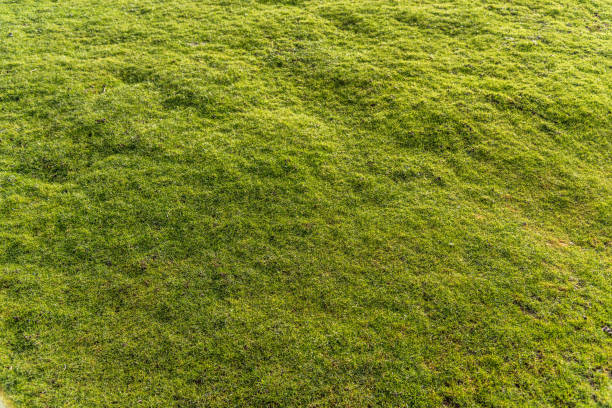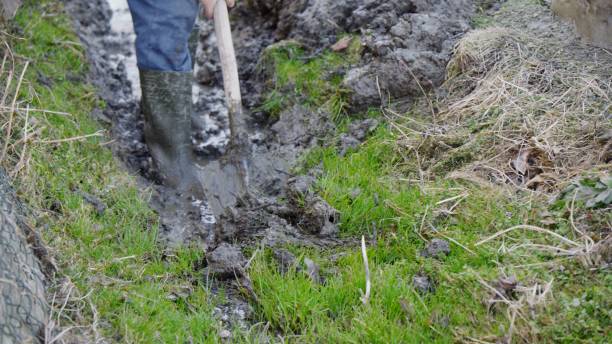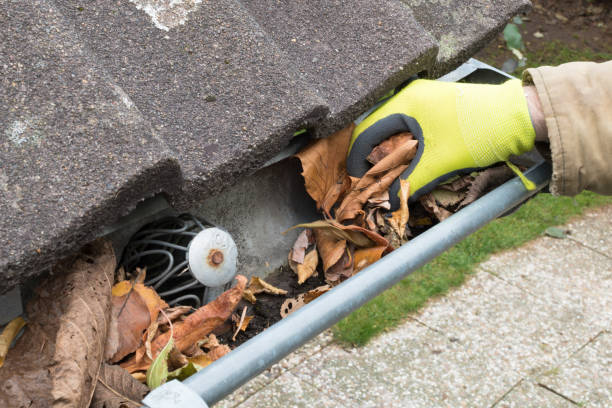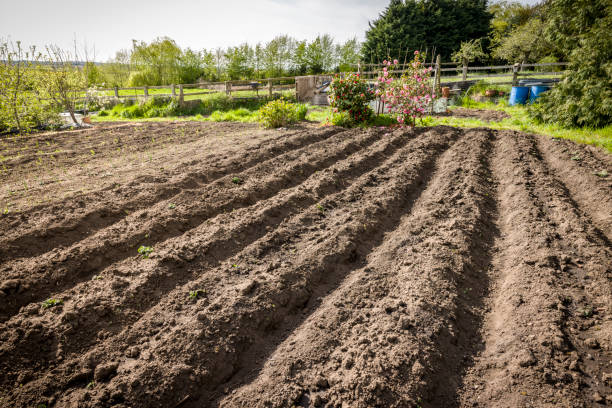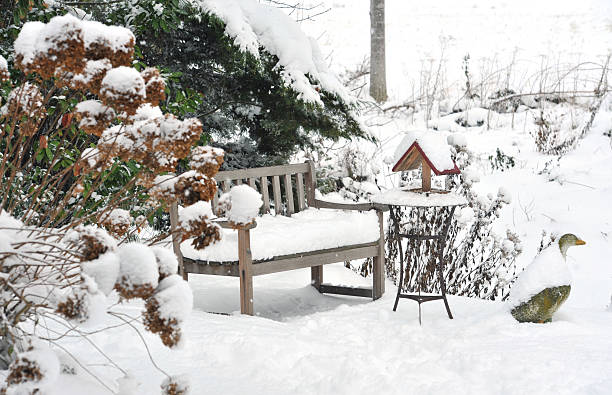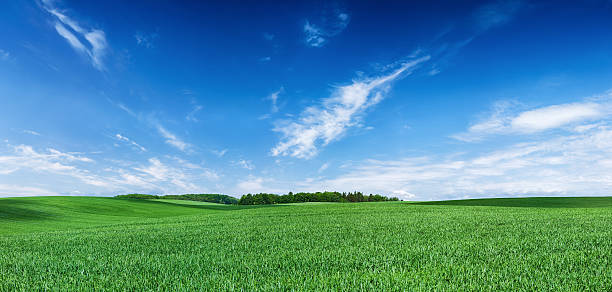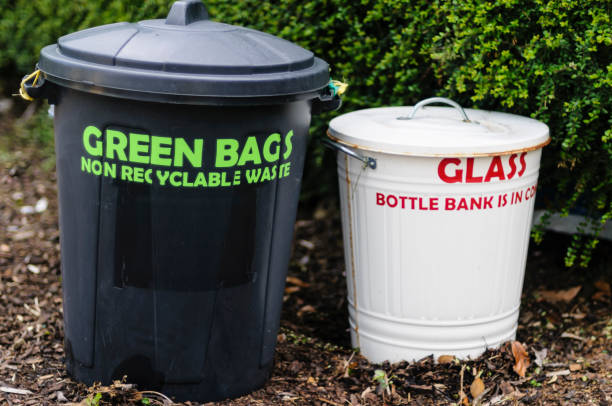How to Stop Yard From Flooding?
This post contains affiliate links. This means I will make a commission at no extra cost to you should you click through and make a purchase. Read the full disclosure here.Yard flooding from rain can cause a range of issues, from water damage to the landscape and property to the formation of stagnant pools that attract pests. It’s essential to understand the causes of yard flooding and take proactive measures to prevent it. In this article, we’ll explore effective strategies and techniques to keep your yard dry and free from water-related problems.
Understanding the Causes of Yard Flooding
- Poor drainage system: Inadequate or poorly designed drainage systems can contribute to yard flooding. When rainwater has no proper outlet, it accumulates in low-lying areas, causing flooding.
- Sloping landscape: If your yard has improper sloping, water will naturally flow towards certain areas, resulting in puddles or flooding. Flat or sunken areas prevent water from draining effectively.
- Clogged gutters and downspouts: When gutters and downspouts become blocked by debris such as leaves, twigs, and dirt, rainwater cannot flow smoothly through them. This can lead to overflowing gutters and water pooling around the foundation.
Assessing the Yard
Before implementing any preventive measures, it’s crucial to assess your yard’s current condition and identify problem areas.
Examining the soil composition is an essential part of this assessment. Soil with high clay content tends to drain poorly, while sandy soil drains quickly. Knowing your soil type will help determine the most suitable solutions.
Creating a Proper Drainage System
Installing a drainage system is an effective way to divert excess rainwater away from your yard.
- French drains: These underground drainage systems consist of a perforated pipe surrounded by gravel. They collect and redirect water away from the yard, preventing flooding.
- Dry wells: A dry well is a pit filled with gravel or crushed stone. It provides temporary storage for excess water, allowing it to gradually infiltrate into the ground.
- Catch basins: Catch basins are boxes with grates that collect water from surface runoff. They connect to underground pipes, channeling the water away from your yard.
Improving Yard Sloping
Altering the slope of your yard helps ensure that rainwater flows away from your property.
- Grading the landscape: Adjusting the slope of the yard can redirect water toward desired areas, preventing flooding. This process involves leveling the ground and creating proper grading.
- Building retaining walls: Retaining walls are effective in preventing soil erosion and redirecting water flow. They can be constructed using various materials, such as concrete blocks, stone, or timber.
- Installing terraces or swales: Terraces and swales are landscape features that help control water flow on sloping yards. They help slow down water movement, reducing the risk of flooding.
Maintaining Gutters and Downspouts
Regular maintenance of gutters and downspouts is essential to prevent yard flooding caused by clogs.
- Regular cleaning: Removing debris from gutters and downspouts, such as leaves, sticks, and dirt, ensures unobstructed water flow.
- Adding gutter guards: Installing gutter guards helps prevent debris from entering the gutter system, reducing the frequency of cleaning and minimizing the risk of clogs.
Using Rain Barrels or Cisterns
Collecting rainwater through rain barrels or cisterns offers a dual advantage of preventing yard flooding and providing a sustainable water source for irrigation.
- Collecting rainwater: Placing rain barrels or connecting cisterns to downspouts allows you to capture rainwater that would otherwise contribute to yard flooding.
- Reusing rainwater for irrigation: The collected rainwater can be used for watering plants, reducing the need for tap water and conserving resources.
Planting Suitable Vegetation
Strategic plant selection plays a vital role in preventing yard flooding.
- Choosing water-absorbing plants: Opt for plants that have deep root systems capable of absorbing excess water. Native plants and grasses are often excellent choices.
- Creating rain gardens: Rain gardens are designed to collect and absorb rainwater, reducing the risk of yard flooding. They typically feature plants that thrive in both wet and dry conditions.
Applying Mulch and Topsoil
Using mulch and topsoil can improve the soil’s water-absorbing capacity and prevent erosion.
- Enhancing soil absorption: Applying a layer of organic mulch helps the soil retain moisture, reducing the risk of surface runoff. It also enhances the soil’s ability to absorb water.
- Preventing erosion: Topsoil acts as a protective layer, preventing erosion caused by heavy rain. It ensures the soil remains in place and allows for better water infiltration.
Installing Permeable Surfaces
Permeable surfaces allow rainwater to seep into the ground instead of pooling on the surface.
- Using permeable pavers: Permeable pavers are designed with gaps or openings that allow water to filter through them, reducing runoff and preventing flooding.
- Building gravel or porous concrete pathways: Gravel or porous concrete pathways allow rainwater to pass through, minimizing surface runoff and promoting groundwater recharge.
Considering Underground Drainage Systems
In some cases, underground drainage systems may be necessary to alleviate persistent yard flooding.
- Installing subsurface drains: Subsurface drains, such as perforated pipes, collect and redirect water underground, preventing it from accumulating on the surface.
- Implementing sump pumps: Sump pumps are effective in removing excess water from basements or low-lying areas prone to flooding. They automatically pump out water to a designated area.
Guidelines for Effective Yard Maintenance
Regular yard maintenance is crucial to prevent and address drainage issues.
- Regular inspection: Keep an eye out for signs of poor drainage, such as pooling water, soggy areas, or erosion. Addressing issues promptly can prevent further damage.
- Promptly addressing drainage issues: If you notice any drainage problems, take immediate action to rectify them. Waiting can lead to more severe flooding and damage.
Hiring Professional Help
In complex cases or for large-scale projects, seeking professional assistance can ensure optimal results.
- Consulting with landscape architects: Landscape architects specialize in designing functional and aesthetically pleasing outdoor spaces. They can provide expert advice tailored to your specific yard and drainage needs.
- Engaging the services of drainage experts: Drainage experts specialize in evaluating and resolving drainage problems. They have the knowledge and equipment to implement effective solutions.
Educating the Community
Sharing knowledge about yard drainage and responsible landscaping practices can contribute to preventing yard flooding on a broader scale.
- Sharing knowledge on yard drainage: Organize workshops, community events, or online resources to educate others about the importance of proper yard drainage and how to prevent flooding.
- Promoting responsible landscaping practices: Encourage community members to adopt eco-friendly practices such as water-wise landscaping, proper grading, and responsible use of irrigation.
Conclusion
Preventing yard flooding from rain is crucial for maintaining the integrity of your landscape and protecting your property. By understanding the causes of flooding and implementing effective strategies like creating drainage systems, improving yard sloping, and maintaining gutters, you can keep your yard dry and free from water-related problems. Remember to assess your yard, choose suitable vegetation, and consider professional help when needed. By taking proactive measures and practicing responsible yard maintenance, you can ensure a flood-free yard for years to come.

